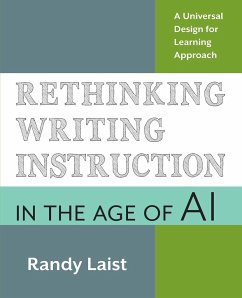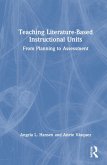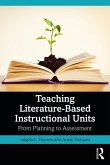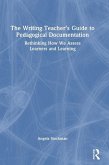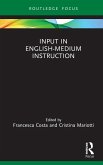Writing is an invaluable academic skill, but, as writing expert Randy Laist points out, "it is also much more than that. It is a tool for thinking, a means of personal expression, and a vehicle of self-discovery." Composition instructors have long been challenged to fi nd effective ways of engaging and empowering student writers. In the age of Artificial Intelligence (AI), this challenge has become even more complicated, with too many students-and too many people in general-feeling shut out of writing. In Rethinking Writing Instruction in the Age of AI, Laist offers composition instructors practical ways to address AI panic as well as insight into how to embrace it as an opportunity to strengthen writing and critical thinking skills. Further, Laist shows how Universal Design for Learning provides a framework that can help unpack the writing process and support instruction. This book offers numerous hands-on writing activities that are not only engaging but also "AI proof."
Hinweis: Dieser Artikel kann nur an eine deutsche Lieferadresse ausgeliefert werden.
Hinweis: Dieser Artikel kann nur an eine deutsche Lieferadresse ausgeliefert werden.

